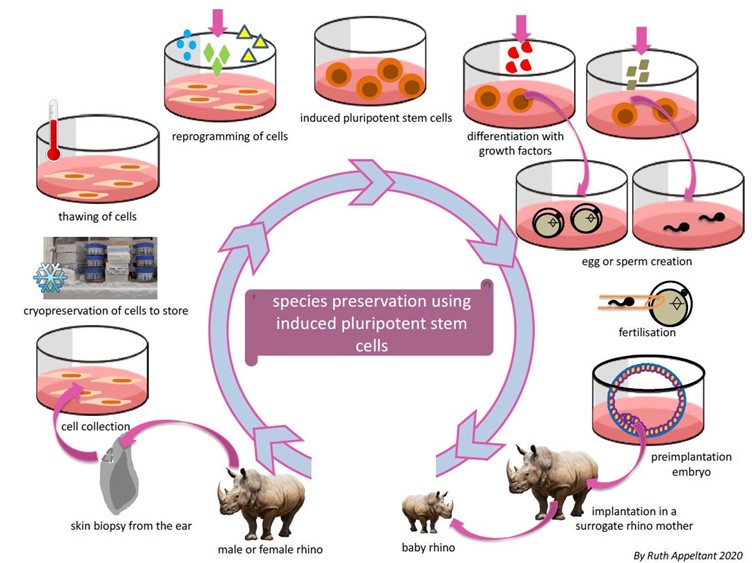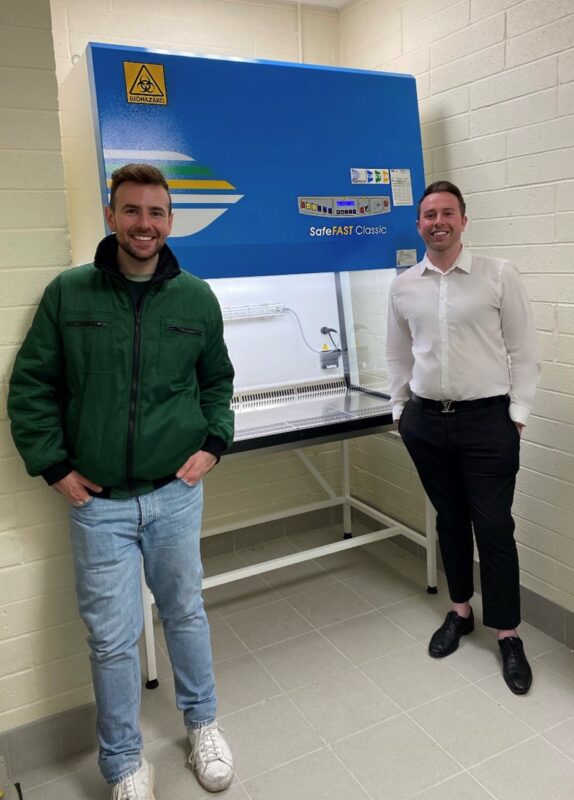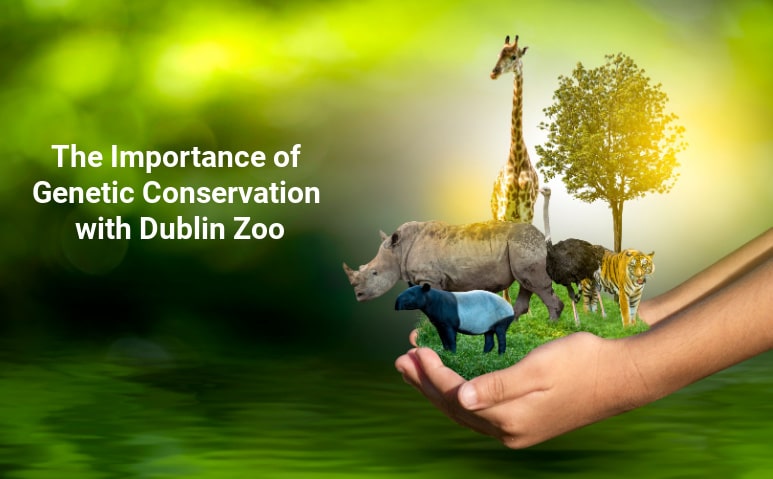What is Genetic Diversity
Often when we think of biological diversity, what first comes to mind are all the different species on Earth, but that’s only part of the story. Biodiversity is also the incredible variety within a species.
Trillions of characteristics are hidden in an organism’s genomes, the result of all the biological information from thousands of ancestors and millions of years of evolution. All the biological data and variation that makes life on our planet work is encoded in DNA. This is known as genetic diversity.
The Importance of Conserving Genetic Diversity
Our planet is currently facing its sixth mass extinction event, with more than 1 million species at risk of extinction (as estimated by IPBES), while at the same time the people living alongside wildlife are also threatened by the effects of climate change and biodiversity loss.
One of the greatest threats to biodiversity today is the loss of genetic diversity associated with huge population declines. Genetic diversity within a species serves as a way for populations to adapt to changing environments and recover from lower population numbers. With more genetic variation, it is more likely that some individuals in a population will possess certain genetic material that strengthens the ability of species and populations to resist diseases, pests, changes in climate and other stresses, ultimately making them more suited for survival within their environment. Those individuals are more likely to survive to produce offspring bearing the same genetic variations, allowing the population to thrive for more generations because of the success of these individuals.
By collecting and storing genetic material, including tissue samples, gametes and viable cells, and storing them in biobanks, we can potentially intervene and reintroduce once-lost genetic diversity back into a population, helping to recover threatened species. The most advanced technique within the field of assisted reproductive technologies is the use of induced pluripotent stem cells. These are naïve cells which can be manipulated to form a specific cell type. Under the right conditions, skin cells can be turned into induced pluripotent stem cells which can then be directed to grow into sperm and egg cells. These reproductive cells can then be used in endangered species breeding programmes.

Bolton, R.L., Mooney, A., Pettit, M.T., Bolton, A.E., Morgan, L., Drake, G.J., Appeltant, R., Walker, S.L., Gillis, J.D. and Hvilsom, C. (2022). Resurrecting biodiversity: advanced assisted reproductive technologies and biobanking. Reproduction and Fertility, 3(3), pp.R121–R146. doi:https://doi.org/10.1530/raf-22-0005.
Dublin Zoo’s Conservation Master Plan
Dublin Zoo is already a world-class zoo, with substantial conservation impact through their involvement in the breeding of threatened species, support for conservation and research projects in the wild, and their conservation education and advocacy work. These three strands form the basis of all zoo-based conservation. However, in response to the global biodiversity crisis, a paradigm shift is required to rethink what zoos do and what they can achieve.
Dublin Zoo is already a proud partner of the innovative Frozen Ark project, which works with partners across the globe to preserve the DNA of endangered species, helping to preserve genetic diversity and conserve species. Dublin Zoo have now launched their bold and ambitious 10-year Conservation Master Plan as their first step to combat the global biodiversity crisis. By setting up Ireland’s first National Wildlife Biobanking Hub, and preserving genetic material from threatened species in their care, Dublin Zoo can demonstrate a clear and tangible commitment to long-term species conservation, placing them at the forefront of integrated conservation planning.

MSC are proud to have supplied Dublin Zoo with a piece of lab equipment for this project. The SafeFAST Classic class II A1/A2 Biological Safety Cabinet belongs to the latest generation of laminar airflow systems manufactured by Faster, in which the choice of materials of construction of the highest quality guarantees conformity to the strictest safety standards, ensuring the user and all important samples for the conservation project are protected from contamination.
For more information on our Biosafety Cabinet range, click here
Don’t forget to Make a donation to support Dublin Zoo’s Conservation efforts.
Get In Touch


